

A bowl of bánh canh ghẹ along with quảy and muối tiêu chanh, a salt and
pepper lime dipping sauce
Located along the Nhieu Loc-Thi Nghe Canal, the eatery gets its name from the soup it sells – bánh canh ghẹ (crab and tapioca noodle soup) – and it’s proximity to Bong Bridge (Cầu Bông).
The only reason I even noticed the place is because I drive by it every evening and two things stick out: one, a glass shelf filled with delicious-looking boiled crabs in orange jars stands out in front of the place, and two, the place is always packed with a line out the door.
I decided to visit without so much as an acquaintance’s recommendation.
My first impression once inside was that the place is even noisy and more crowded than it looks.
Our party of four had to wait a long time for a seat.
Inside the place, there is nothing special about the decoration or architecture to notice. Different-colored small plastic tables and chairs are set into three rows with barely enough space in between them for eaters and servers to walk through.
Those who prefer a cozy, tidy and well-adorned places may find this place unattractive at first glance.
“But all those things don’t matter at all. The food is all that matters,” said the person sitting next to me when I asked them what they liked about that place.
It did not take too long for four bowls of bánh canh ghẹ to arrive. Each steaming pile of broth and noodles looked and smelled delicious.
Unlike the tapioca noodles and crab served at other eateries where the crab meat has already been removed from the shell, the best part of Bánh Canh Ghẹ Cầu Bông was that each bowl came with one and a half full crabs without the meat removed.
Only the carapace had been removed and the bright orange crabs were as tasty as they were appetizing.
One light-orange piece of chả cua (steamed chopped crab meat) is put in each bowl among the white tapioca noodles. Sprinkled on the surface were green onion and black pepper.
A mixture of salt, black pepper and lime juice (muối tiêu chanh) is used as a condiment to dip the crab meat in.
The other side is a dish of quảy (youtiao), or giò cháo quảy as it is called in the southern region. Quảy is a popular food in Asian countries. It is a fried bread stick made from wheat flour. The food tastes lightly salted and can easily be torn lengthwise in two separated sticks or into small pieces and put into the bowl to soak up broth.
A little lemon juice and fish sauce can be added to a bowl of bánh canh ghẹ for extra gusto.
Because it was cooked with crab, the broth at bánh canh ghẹ had a natural sweet taste. The tapioca noodle was not too soft but a bit tough and the chả cua was quite fragrant and fatty.
And the crab, which must be eaten all by hand, was super fresh.
After the eye-catching orange shell was removed, the white crab meat inside tasted quite sweet, and became much greater when dipped in the salt-pepper-lime concoction.
The shell of the crab should be removed very carefully to make sure that we get out the inside meat without eating any small chips of shell.
The floor at Bánh Canh Ghẹ Cầu Bông is littered with crab shells.
Diners here can either sit inside or outside near the canal.
Price for a bowl of bánh canh ghẹ is a bit expensive for street food, but still reasonable at VND50,000. Some guests I talked to even said it is quite cheap for such delicious food.
Thanhniennews

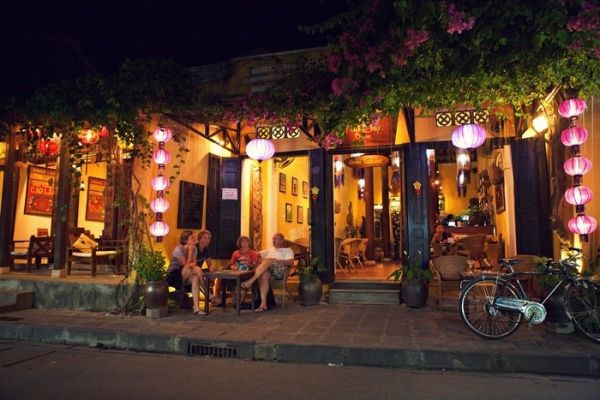

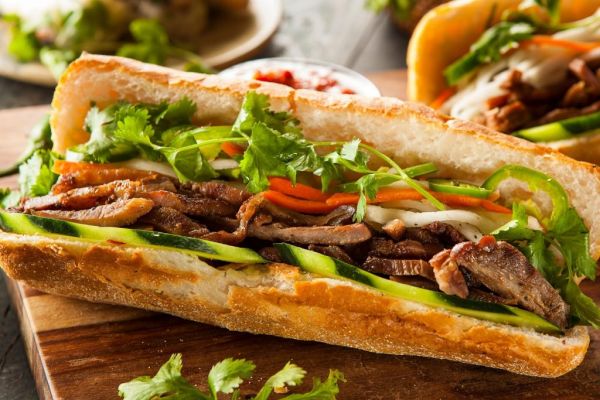


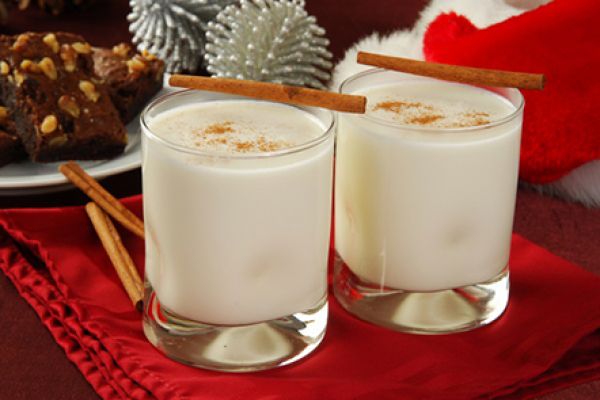
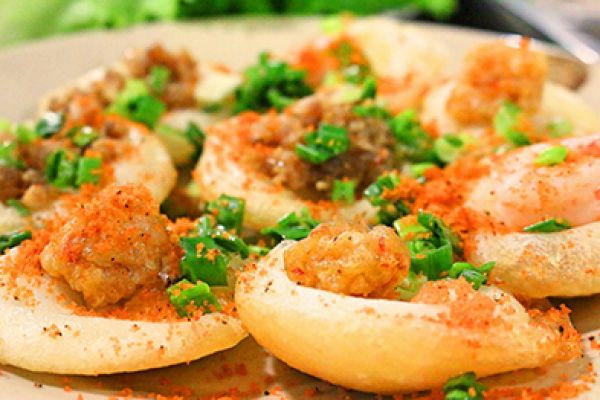

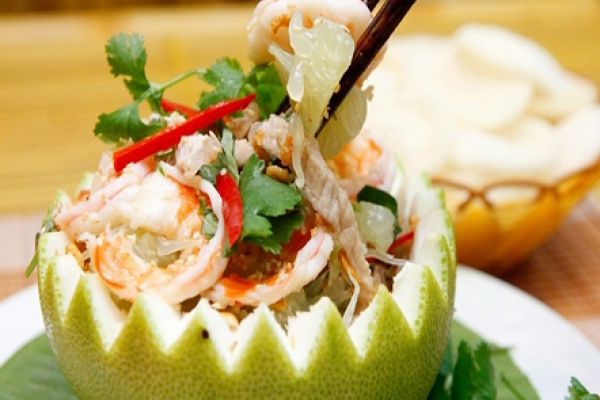
(84-63) 3 826042 – (84-63) 3 511142
No 54 Nguyen Dinh Chieu, Ham Tien Central Mui Ne Beach Binh Thuan Vietnam
523 To Hien Thanh District 10 Ho Chi Minh City Vietnam
Ha Long Halong City Quang Ninh Vietnam
A13 Hung Thong 2 Halong City Quang Ninh Vietnam




